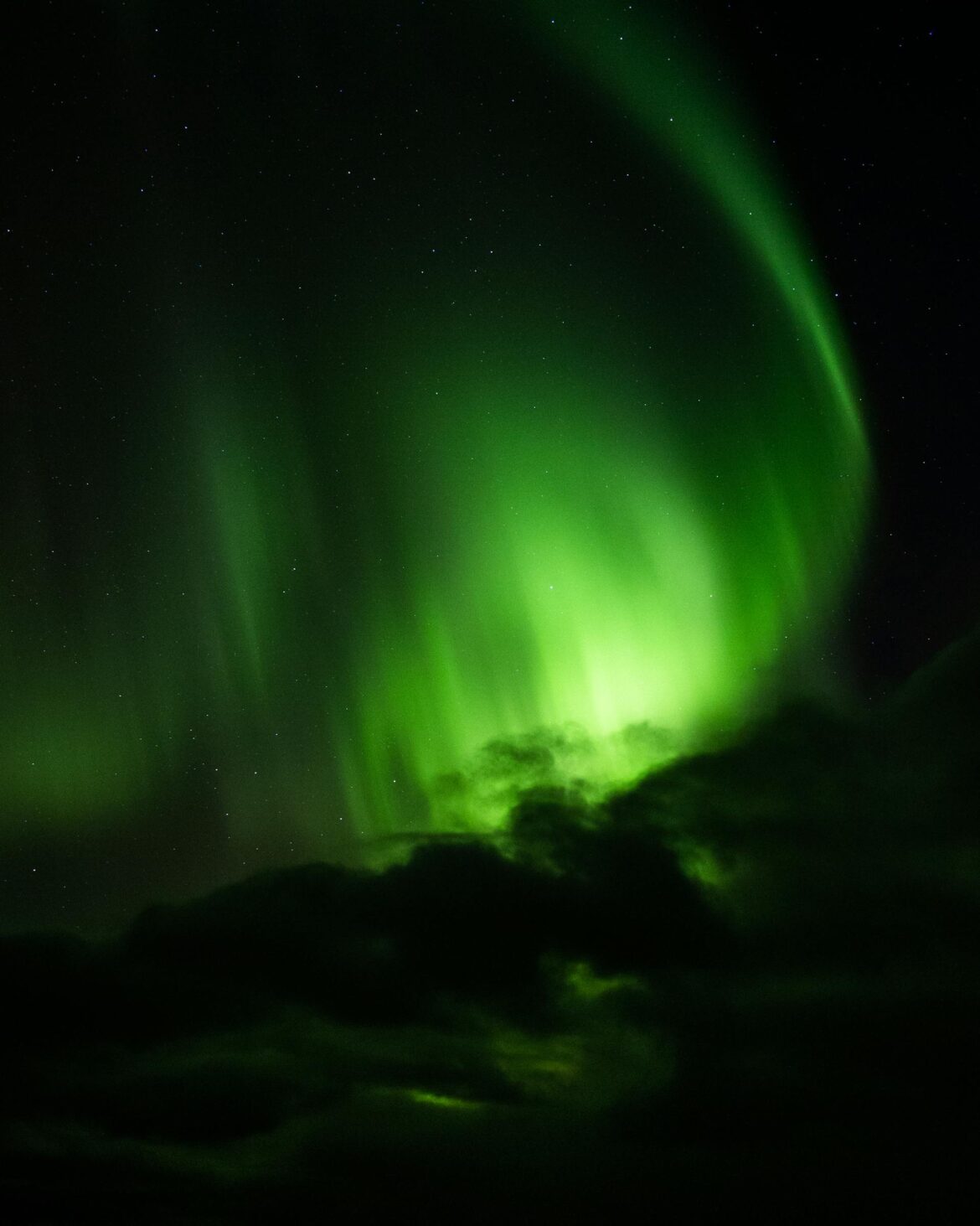In a rare and mesmerizing cosmic event, a “two-way highway” between Earth and the Sun was temporarily opened, allowing an extraordinary exchange of charged particles between the two celestial bodies. This event, which took place on April 24, 2023, illuminated the skies of Arizona and Arkansas in the United States, as well as parts of Australia and New Zealand, with spectacular auroras — a phenomenon typically reserved for regions much closer to the poles.
What Caused This Rare Cosmic Event?
Auroras usually form on Earth when solar storms unleash charged particles that collide with our planet’s magnetic field. However, this event was different. On that day in April, the Sun released a burst of charged particles that not only triggered auroras in unexpected places but also created a unique connection between the Earth and the Sun. NASA has since confirmed that this was not just another solar storm but a cosmic event unlike anything seen in recent history.
How Did Earth’s Bow Shock Disappear?
Typically, Earth’s magnetic field creates a protective “bow shock” that deflects solar wind, acting as a shield against the Sun’s charged particles. But on April 24, something extraordinary happened. NASA’s Magnetospheric Multiscale spacecraft recorded that a coronal mass ejection (CME) from the Sun traveled faster than usual, outpacing the speed of Alfvén waves — magnetic waves that typically pass through plasma. This rare occurrence effectively “switched off” Earth’s bow shock, opening up the two-way highway between the Earth and the Sun.
The Science Behind the Two-Way Highway
Coronal mass ejections (CMEs) are known for their powerful bursts of solar wind, but this particular CME was different. It moved at a speed greater than the Alfvén speed, which is the rate at which these magnetic waves travel through plasma. The faster-than-usual CME created a direct magnetic connection between Earth and the Sun. For nearly two hours, particles trapped by Earth’s magnetosphere found a direct escape route to the Sun, and vice versa.
NASA’s social media post from last week shed light on this unprecedented phenomenon: “Particles trapped by Earth’s magnetism suddenly had an escape — a direct path to the sun!” This unique alignment allowed Earth’s magnetic field to connect with the Sun’s recently erupted portion, creating an awe-inspiring display in the night skies.
The Impact of This Rare Solar Event
While the auroras created by this event were far dimmer compared to the Sun’s brightness, they were no less significant. The temporary disappearance of Earth’s bow shock offered scientists a rare opportunity to study the Sun-Earth connection in ways never before possible. NASA’s instruments recorded the exchange of plasma between Earth and the Sun, revealing new insights into the dynamic relationship between our planet and its star.
Why This Event Matters
This rare cosmic event has provided invaluable data for scientists studying the Sun-Earth connection. It’s a reminder of the powerful forces at play in our solar system and how interconnected we are with the Sun. As we continue to monitor solar activity, events like this offer a glimpse into the complex magnetic dance that governs our planet’s environment.
Conclusion
The April 24, 2023, solar event was a once-in-a-lifetime occurrence that illuminated the skies of Arizona, Arkansas, and parts of Australia and New Zealand with rare auroras. More importantly, it temporarily opened a “two-way highway” between Earth and the Sun, allowing an exchange of charged particles that had never been observed before. As NASA continues to analyze the data, this event will undoubtedly contribute to our understanding of the powerful forces that shape our solar system.
For those fascinated by space and cosmic events, this is a story that underscores the unpredictable and awe-inspiring nature of our universe. Stay tuned for more discoveries as scientists continue to unlock the mysteries of the cosmos.



